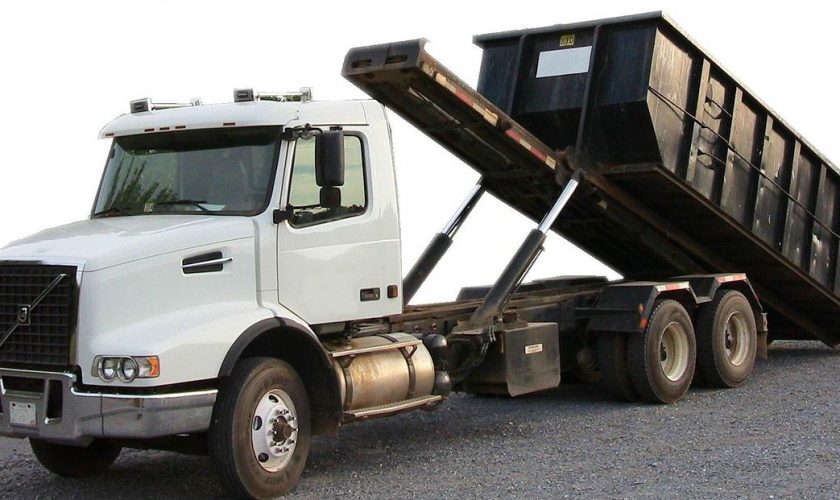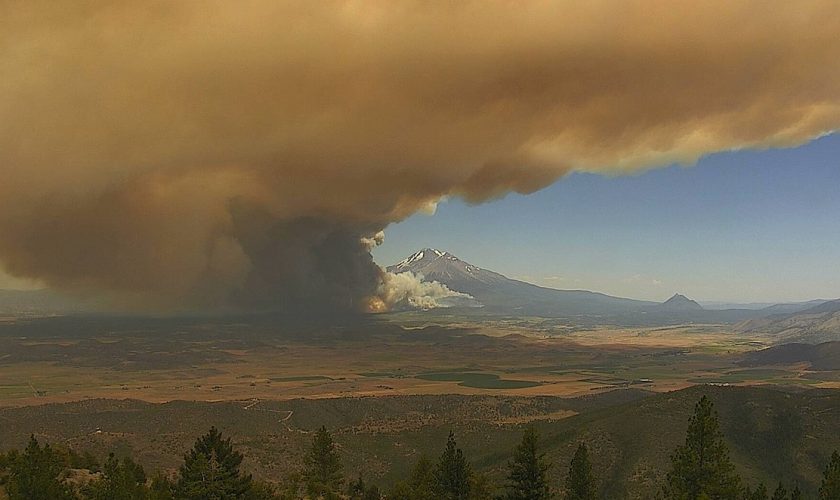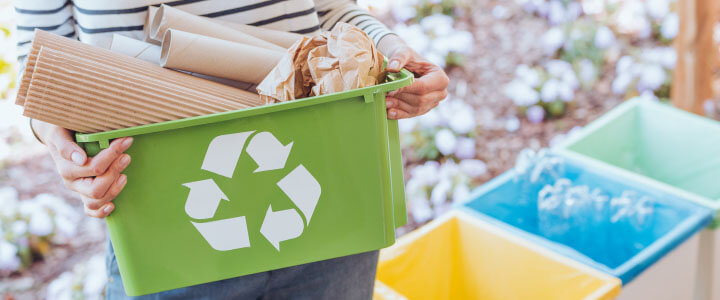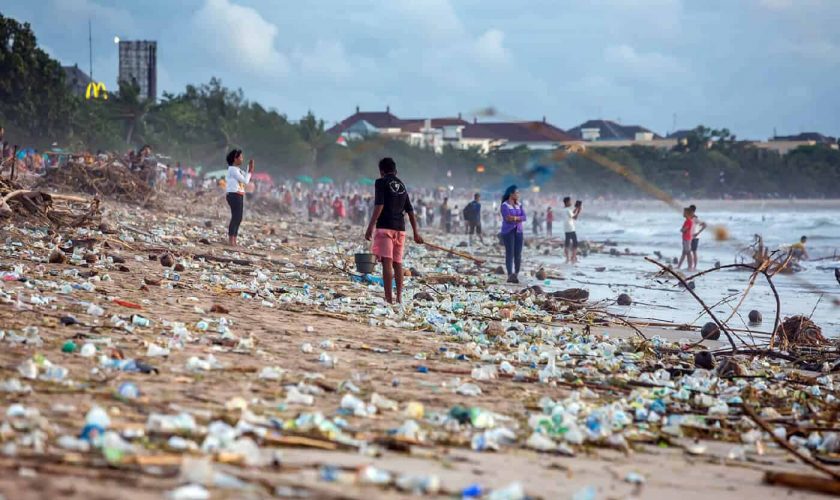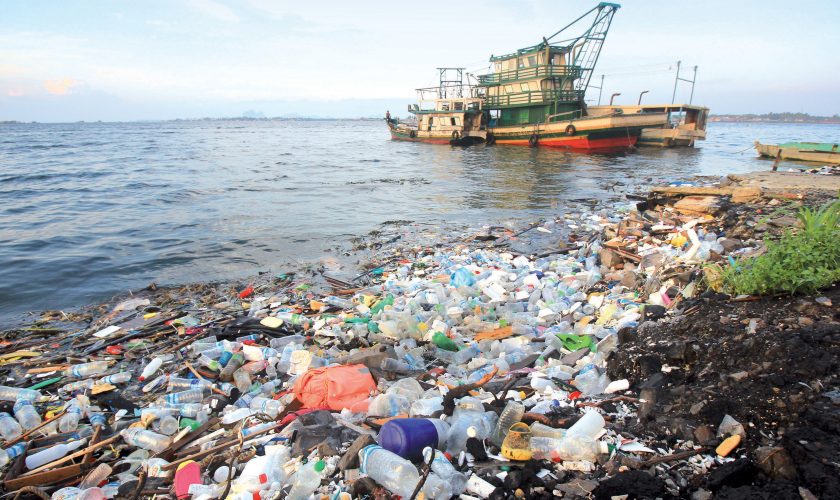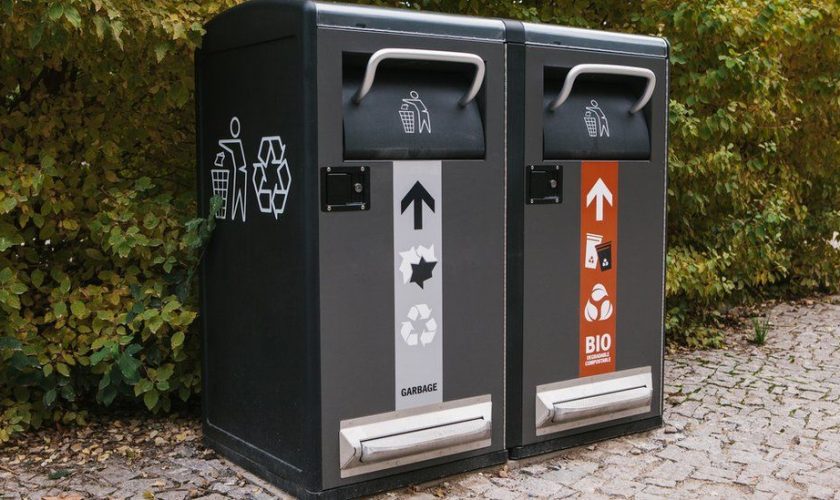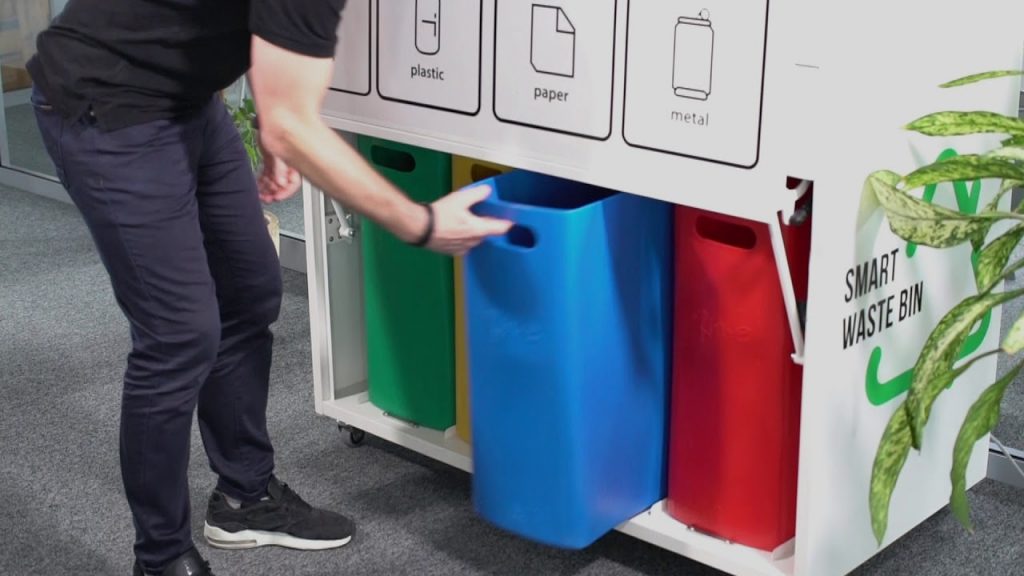The roll-off dumpsters rental is just an easy way to get rid of trash. Additionally, they can be utilised for a wide range of home improvement and building jobs. A waste disposal site is something you don’t want to think about while working on your home or construction project. Having to make seemingly unending return trips and forth since your garbage can only be transported in a tiny truck or van. As a result, Accurate Waste Services takes all of the stress out of waste disposal by providing a roll-off dumpster to the site and removing it at your convenience.
Identifying prohibited products and materials is a vital first step before starting your trash fill-up project. Some things can be harmful to people, animals, the environment, and even the groundwater supply. Items like electronics and metals can be sold for profit.
Standard Dumpsters Vs Roll-Off Dumpsters
Many features distinguish roll-off dumpsters from regular dumpsters. Rather than being cubic, their top are uncovered (i.e., they don’t have lids). Roll-off dumpsters are conveniently transported from one location to another using specialised trucks.
Renting a roll-off dumpster is a practical way to dispose of rubbish. Rather than relying on a costly cleaning crew, you may keep it for however long you need it fill it as you like. From a simple garage cleanout to a full-scale landscaping or commercial project, we’ve got you covered.
Electronics
Electronic garbage that should not be dumped
Do not dump electronics such as computer hard drives and printer ink in a dumpster. In certain jurisdictions, dumping them inside a landfill is absolutely unlawful. A disposal business that unintentionally tosses them in with their other garbage may be subject to a fine as a result of this. You may be able to legally dispose of your old devices at a local business. Electronics may be collected from the street by some towns on a regular basis. It’s even possible to sell used components of laptops and smartphones to internet providers that will pay.
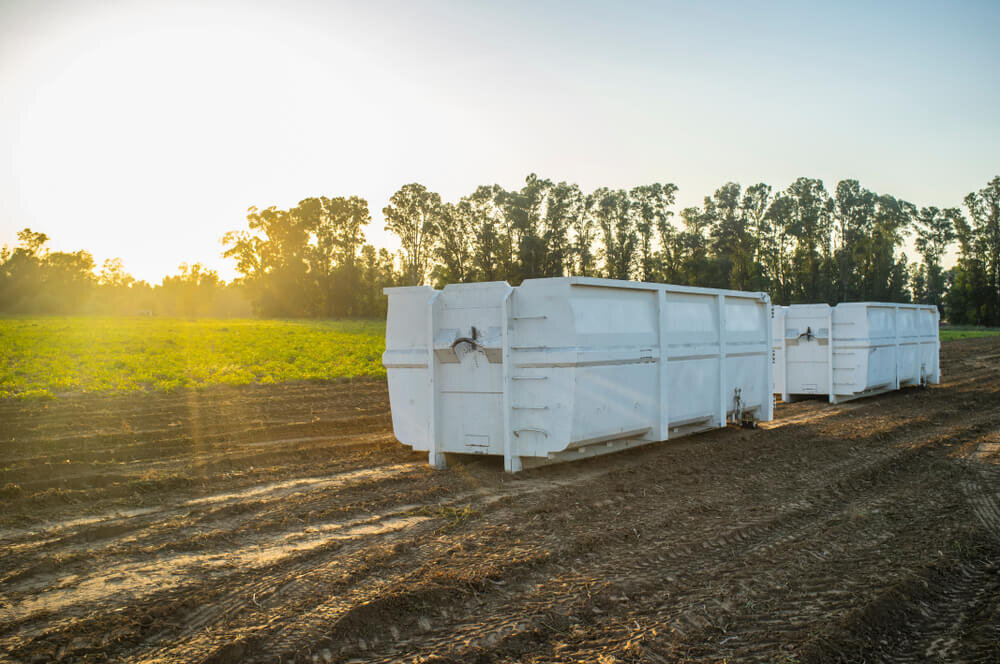
Batteries
As with conventional trash, most people realise that batteries should not be put into garbage bins. Lead, mercury, & cadmium are all found in batteries, and these metals can leach into the soil and pollute the ecosystem over time.
Don’t throw out any batteries in a dumpster—whether they’re alkaline, automotive, rechargeable, or lithium. Other store outlets that sell batteries include hazardous waste facilities, automotive parts stores, and others. Even your local supermarket may be able to recycle and dispose of some types of batteries.
Lightbulbs
In order to safely dispose of fluorescent and LED lightbulbs, you should not place them into your dumpster.
Tires
To put tires in a landfill in Pennsylvania is against the law. Because of this, they should not be placed in a dumpster roll-off. Rainwater collects in tires, making them a perfect mosquito breeding site. Check out the Pennsylvania Department of Environmental Protection’s website for information about tire recycling. Depending on where you live, you may not even be charged to dispose of your tires.
Appliances, Yard Waste & Recyclables Are All Included In This Price
Accurate Garbage Services will help you get rid of things like refrigerators, recyclables, and yard waste! We can provide individual dumpsters for these types of rubbish so that they don’t get mixed in with other trash. Keep your yard garbage separate from those of the building materials on the construction site, for example. We’ll have to get rid of them in different trash cans. Is there any metal that you need to get rid of? As a result, we would only bill you depending on the quantity of the materials you provide and credit you accordingly.

